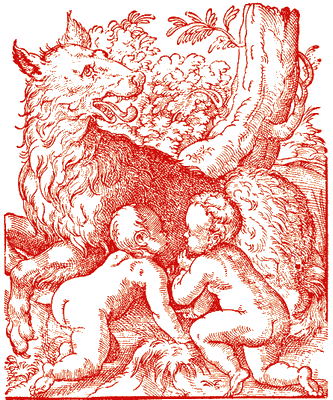|
|
Please note that Mommsen uses the AUC chronology (Ab Urbe Condita), i.e. from the founding of the City of Rome. You can use this reference table to have the B.C. dates
From: The History of Rome, by Theodor Mommsen
Translated with the sanction of the author by William Purdie Dickson

Page 19
The Aetolian league had doubtless asked aid from Perseus in its internal troubles; but the new strategus, Lyciscus, chosen under the eyes of the Roman ambassadors, was more of a Roman partisan than the Romans themselves. Among the Thessalians also the Roman party retained the ascendency. Even the Boeotians, old partisans as they were of Macedonia, and sunk in the utmost financial disorder, had not in their collective capacity declared openly for Perseus; nevertheless at least three of their cities, Thisbae, Haliartus and Coronea, had of their own accord entered into engagements with him.
When on the complaint of the Roman envoy the government of the Boeotian confederacy communicated to him the position of things, he declared that it would best appear which cities adhered to Rome, and which did not, if they would severally pronounce their decision in his presence; and thereupon the Boeotian confederacy fell at once to pieces. It is not true that the great structure of Epaminondas was destroyed by the Romans; it actually collapsed before they touched it, and thus indeed became the prelude to the dissolution of the other still more firmly consolidated leagues of Greek cities.(3)
3. The legal dissolution of the Boeotian confederacy, however, took place not at this time, but only after the destruction of Corinth (Pausan. vii. 14, 4; xvi. 6).
With the forces of the Boeotian towns friendly to Rome the Roman envoy Publius Lentulus laid siege to Haliartus, even before the Roman fleet appeared in the Aegean.
Do you see any typos or other mistakes? Please let us know and correct them
|
|
Reference address : https://ellopos.net/elpenor/rome/3-10-third-macedonian-war.asp?pg=19